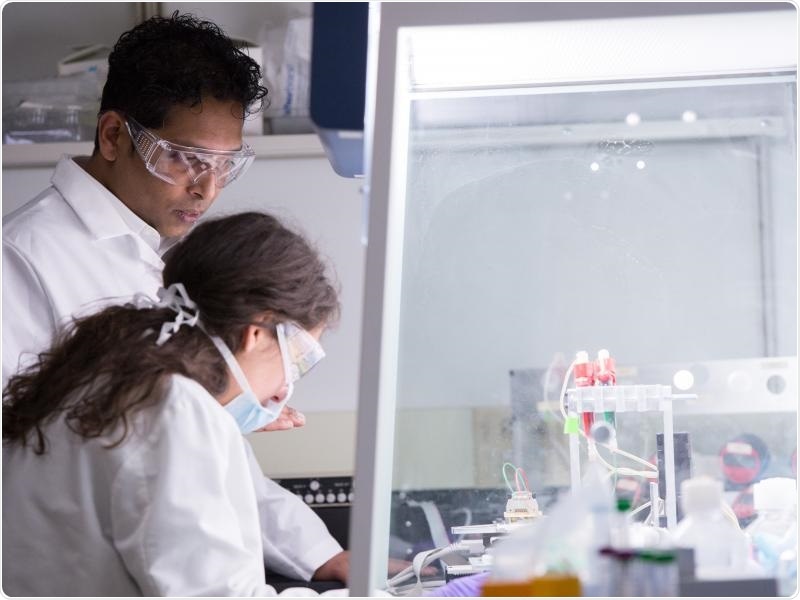Scientists from Rensselaer Polytechnic Institute have designed and developed chemically engineered peptides that may prove useful to fight some of the most prevalent human health challenges.

Image Credit: Rensselaer Polytechnic Institute.
Recently published in the Nature Scientific Reports journal, the team’s findings show how scientists can design peptides that can specifically and selectively attach to polysialic acid (PSA)—a carbohydrate found in several human cells and has a major role to play in numerous pathological and physiological processes, such as disease progression and neurological development.
This fundamental research paves the way for additional studies into the potential of these peptides and how they can offer an effective therapeutic vehicle in the treatment of various diseases, like Parkinson’s, Alzheimer’s, and cancer.
The discoveries made by the team indicate that peptides may also prove useful by introducing an obstacle between cells and viruses, like the one responsible for causing COVID-19—a possibility that the researchers are currently hoping to analyze.
Because these peptides bind to PSA, they also mask PSA, and could potentially be used to inhibit the binding of viruses and their entry into cells. The idea is to see if these peptides could inhibit that interaction and therefore inhibit the infectivity of those viruses”
Pankaj Karande, Study Lead Author and Associate Professor, Department of Chemical Engineering, Rensselaer Polytechnic Institute
Karande is also a member of the Center for Biotechnology and Interdisciplinary Studies (CBIS).
Inspired by nature, the researchers modeled their peptides based on proteins, called Sialic acid-binding immunoglobulin-type lectins, or Siglecs, which appear to naturally and intrinsically attach to PSA, Karande added.
Divya Shastry, a former doctoral student in biological sciences at Rensselaer Polytechnic Institute, also headed the study described in the article. The study was completed in association with Robert Linhardt, an endowed professor of chemistry and chemical biology, and with Mattheos Koffas, an endowed professor of chemical and biological engineering, both of whom are also members of CBIS.
The researchers from Rensselaer Polytechnic Institute also worked with a research team from Syracuse University that employed computational modeling. This model allowed the Rensselaer team to visualize the peptides designed by the Syracuse team at the molecular level.
These significant and promising research advances are a prime example of how a collaborative approach can solve persistent human health challenges.”
Deepak Vashishth, Director, Center for Biotechnology and Interdisciplinary Studies
Source:
Journal reference:
Shastry, D. G., et al. (2020) Rational identification and characterisation of peptide ligands for targeting polysialic acid. Scientific Reports. doi.org/10.1038/s41598-020-64088-z.